More rain, higher temperatures, altered growing seasons; the effects of climate change are not just felt at the macro level, but at the micro level, too—and perhaps even more profoundly. For the myriad of professionals who tend our grounds, gardens, and rooftop oases, these effects must be dealt with in real time, day by day, but also with an eye to future planning. The changes wrought by our warming planet will not reverse, so some strategy is necessary in order to adapt these spaces to the facts on the ground.
Adapt or Perish
The effects of climate change are all around us. While there are those who refuse to accept the overwhelming evidence of a warming planet, in the real world, those responsible for keeping the grounds, gardens, tree pits and flowerbeds of multifamily buildings and HOAs healthy and attractive must formulate reality-based solutions. Faced with ailing trees, withered lawns, or barren planters, boards and managing agents will inevitably turn to their landscaping pros with some very pointed questions about what exactly they’re paying for. Landscape professionals must therefore stay ahead of that problem.
“On a day-to-day basis, we consider plant selection,” says Chris Merkler, owner of Down to Earth Landscaping, located in Jackson, New Jersey. “We now look for native species that are heat or drought resistant and/or tolerant. This includes choices for both plants and grass. Today’s circumstances require tough turf.”
In urban settings, circumstances are naturally a little different. “Some properties in the close-in suburbs and boroughs have outdoor space where they landscape,” points out Douglas Weinstein, senior vice president of operations for AKAM Management, with offices in both New York and Florida, “but in Manhattan, most properties don’t. The exception, though, are buildings with roof terraces or gardens. Also, over the last few years many buildings have gone to green roofs.” These roofs have a vegetation component which is self-sufficient and helps control building temperature, thanks to their insulating effect. “With hotter outdoor temperatures, landscapers are basing their plant selections on things that will survive in a warmer atmosphere and with less water,” says Weinstein. “We’re not seeing cactus yet, but we are seeing plants that require less care and are resistant to heat.”
Caleb Nicholson is the owner of Contemporary Landscapes, a landscaping firm located on Martha’s Vineyard, Massachusetts. The Vineyard, like other islands, is experiencing the effects of climate change more intensely than inland regions. “Over the last 10 years,” says Nicholson, “we’ve seen a change in storm patterns in the winter. What we called winter in terms of weather is shorter now. We don’t have frost anymore; we have a warmer February. This new pattern screws up our plants. For instance, hydrangea will start to open, then freeze again from a cold snap after the February warm-up. So we have to give more thought to plant selection.”
Weinstein adds that in Florida, “You have more exterior landscaping than you do in New York City, but of course the climate is different. In Florida, they are seeking plants and grass that will survive intense heat, but that at the same time can survive both lack of water and the ultimate hurricane. Shrubs and trees need to survive high wind-loads. Florida properties are also more affected by storms, because their exterior spaces are larger by design. There are now code requirements relative to wind-loads etc., during storms.
“If you look at the last two hurricane seasons,” Weinstein continues, “the ocean water temperatures are so elevated it can cause a tropical storm to explode into a hurricane overnight. Everything is more dangerous. Also, there’s a coastal building problem relative to land sinkage on Florida’s east coast.”
And “in New York,” he continues, “you are looking at more frequent storms in winter and the rest of the year. We just had four storms in one week, one after the other. Hurricanes are more frequent going farther north, as well. It’s the warm ocean temperatures. Look at the Carolinas last year. The storm came up over land, but despite that it kept its strength, and was a disaster. Climate change is real, everywhere. A concerted effort is needed to push back impending potential disaster.”
Water Management
With stronger, more frequent, and more erratic storms, landscapers and landscape architects must consider how to manage water, literally the lifeblood of all plants ranging from grass to trees to plantings. Consideration must be given both to situations of too little water and too much of it, and where it goes once it’s on the ground.
“We also must now consider water management as a major factor in our decisions,” says Merkler. “Communities need smart irrigation systems. One concept is rain gardens, which are planted areas that collect runoff during storms. We create what’s known as a swale, a low area in the turf that collects water. We put plants inside these areas that can tolerate the water, but can also survive with less water. Yes, it’s a contradiction—but also a fact. So, instead of water running into sewers, it collects and gets distributed more efficiently through the soil at a slower rate. The miracle of this technology is that it retains and detains water at the same time, slowing it down and letting it soak into the earth, slowly.” He says this methodology is on the rise in shared interest communities.
In Martha’s Vineyard, storm ferocity is front and center in landscaping and lawn care pros’ calculations. “Climate change really affects us. We are designing now with higher water in mind,” says Nicholson. “High water used to be nine feet; now it’s 11 feet. The intense winter storms are displacing sand as well. This affects us with vegetation management to control erosion. When we have an unexpected Nor’easter, it’s a wild card. We have a lot of heavy rain now that we didn’t have before, so during construction periods we have to protect sites with hay bales to control runoff. The other thing I’ve noticed is that inland ponds that open to the water have increased high water marks, so we have to pay attention to the depth of swimming pools, because high water levels affect the ground water level, too. When we have a wet winter, all water levels will be higher than usual.”
Managing Client Expectations
Another effect of the climate crisis is that landscapers and landscape architects now need to educate their clientele about the ‘new normal.’ Even those who acknowledge the reality of climate change may not know or be familiar with the minutiae of what changes need to be made as a result. This innocent lack of trade-specific information can lead to unrealistic expectations and unexpected consequences.
“We make recommendations as to what plants to use, even if a client wants something that isn’t sustainable,” says Merkler. “For example a vinca flower, also known as periwinkle, is drought-tolerant, as opposed to flowers that need watering twice a day.” He thinks ultimately that worsening storms will cause more problems than dry heat and drought. “Throughout the country, storms are causing the worst damage. In New Jersey, we haven’t had that situation since Superstorm Sandy, so right now the biggest problem is the heat. The double threat is that we will have hotter weather with less rain, but a greater threat of hurricanes.”
In discussing what’s sustainable, resilient, and practical with clients, “I communicate everything three times,” says Nicholson. “I talk science to my clients. If you want these specific plants you’ll need burlap around them, for instance. That costs money, and may need replacement. In today’s world, we need integrated task management to manage plants, which can open other issues. Also interestingly, plants under stress from drought can cause an increase in other problems, like bugs and pests.”
“Managing expectations is a major part of the job,” says Weinstein. “The landscaper says, ‘This plant won’t survive,’ but it’s what the community wants. When that happens, we look at it as an ongoing replacement, and then we consider costs. And that’s paramount. Now, with new regulations in Florida, the boards are listening more. Choices may be less aesthetically pleasing, but may be a better alternative.”
What’s Next
“Landscaping has become a science,” says Weinstein. “The horticultural industry has developed plantings to confront the impact of climate change. That’s available now. There are more options than there ever were, for everything, even grass. Today’s grasses are better able to withstand drought. It’s causing boards to work more closely with landscapers to develop a plan. Landscapers are also bringing in landscape architects more regularly to advise boards on their best options.”
On a broader level, “I think we are at a critical point, and we need to address the simple issues we have,” says Merkler. “Climate change is here, it’s real, and those of us on the front lines are seeing what’s happening. I don’t think we are at the point of no return—at least not yet. We need to remember that a lot of times, less is more. We don’t need six fertilizer applications to make the grass green. Board members are getting more educated, but they aren’t quite there yet. They are starting to get it, though. It used to be that if a tree fell on their property, they wouldn’t replace it. Now they do replace it for environmental reasons. And that’s progress.”
“I want to be optimistic,” says Nicholson. “We know what the issues are. Politics is affecting this. We need to educate people so they understand it. It’s real. We need to listen to the scientists, and we need our clients to understand it. Homeowners should understand that the health of the environment is directly linked to protecting their investment.”
AJ Sidransky is a staff writer/reporter with CooperatorNews, and a published novelist. He may be reached at alan@yrinc.com.



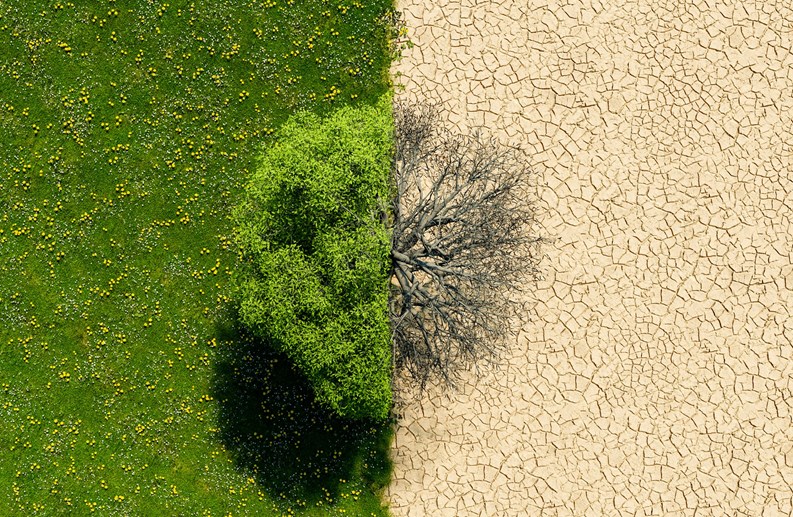
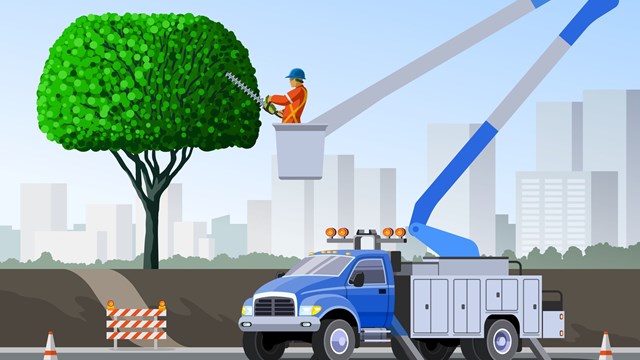
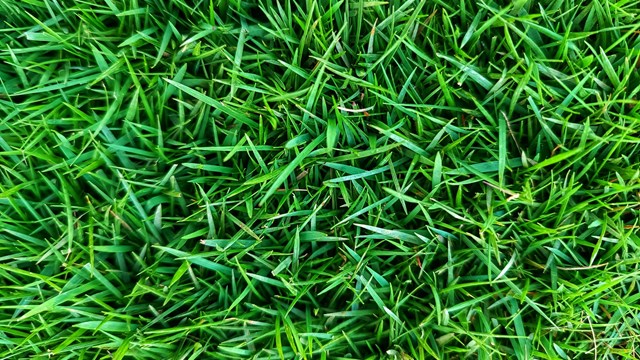
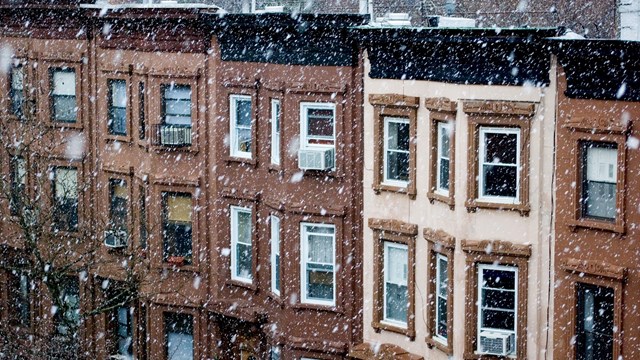

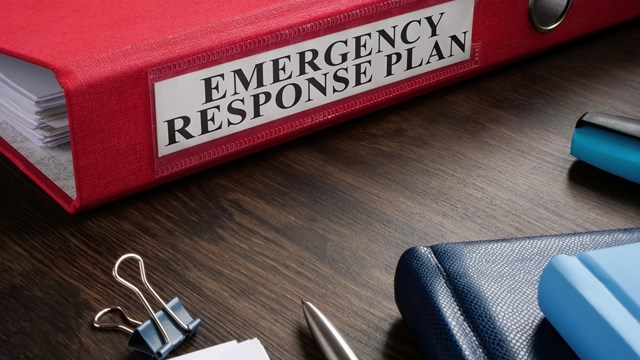

Leave a Comment